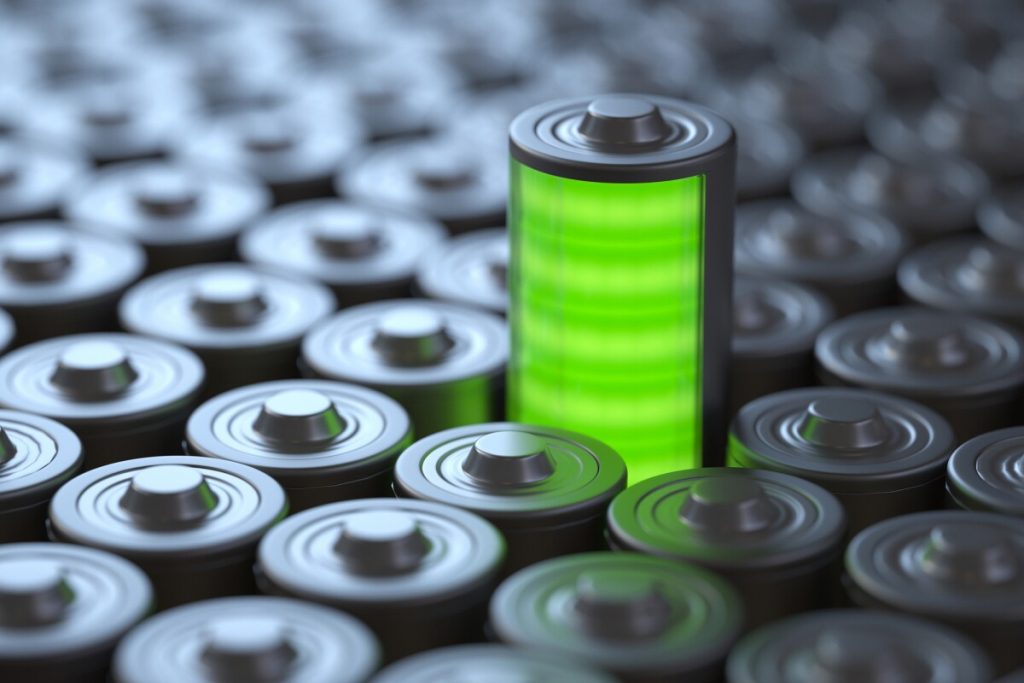Lithium-sulfur batteries have piqued the interest of researchers since they can store up to five times the energy of today’s lithium-ion batteries, and a team at the University of Michigan has taken a step toward realizing their potential. The technology is based on a naturally inspired material that resolves issues about stability and gives an almost perfect design for the battery, allowing it to last 1,000 cycles or more.
“There are a number of reports claiming several hundred cycles for lithium-sulfur batteries, but it is achieved at the expense of other parameters – capacity, charging rate, resilience, and safety,” said lead author Nicholas Kotov.
“The challenge nowadays is to make a battery that increases the cycling rate from the former ten cycles to hundreds of cycles and satisfies multiple other requirements including cost.”
To address that obstacle, Kotov and his colleagues used aramid nanofibers, which are microscopic counterparts of Kevlar fibers, to create precisely engineered networks that resemble the structure of cell membranes. This material was injected with an electrolyte gel and avoided the production of dendrites on one of the electrodes, which is a typical cause of battery failure.
However, the advantages of the new cell wall go too far. When a lithium-sulfur battery is cycled, microscopic particles of lithium and sulfur known as lithium polysulfides run to the lithium and reduce the device’s capacity. The researchers solved this by incorporating microscopic, bio-inspired channels into their artificial membrane and adding an electrical charge, which repels particles while attracting others.
“Inspired by biological ion channels, we engineered highways for lithium ions where lithium polysulfides cannot pass the tolls,” said Ahmet Emre, co-first author of the study.
Kotov says that the device’s efficiency reaches theoretical limits, and its capacity is five times that of a typical lithium-ion battery. This might one day lead to EVs that can go five times as far without needing to be recharged.
The scientists estimate the battery to endure 1,000 cycles in a real-world environment using fast-charging technology, which is considered a 10-year lifetime. Moreover, sulfur is more prevalent and less challenging to obtain than cobalt, used in lithium-ion batteries, and aramid fibers can be extracted from obsolete bulletproof vests.
“Biomimetic engineering of these batteries integrated two scales – molecular and nanoscale,” says Kotov.
“For the first time, we integrated ionic selectivity of cell membranes and toughness of cartilage. Our integrated system approach enabled us to address the overarching challenges of lithium-sulfur batteries.”
Source: University of Michigan

